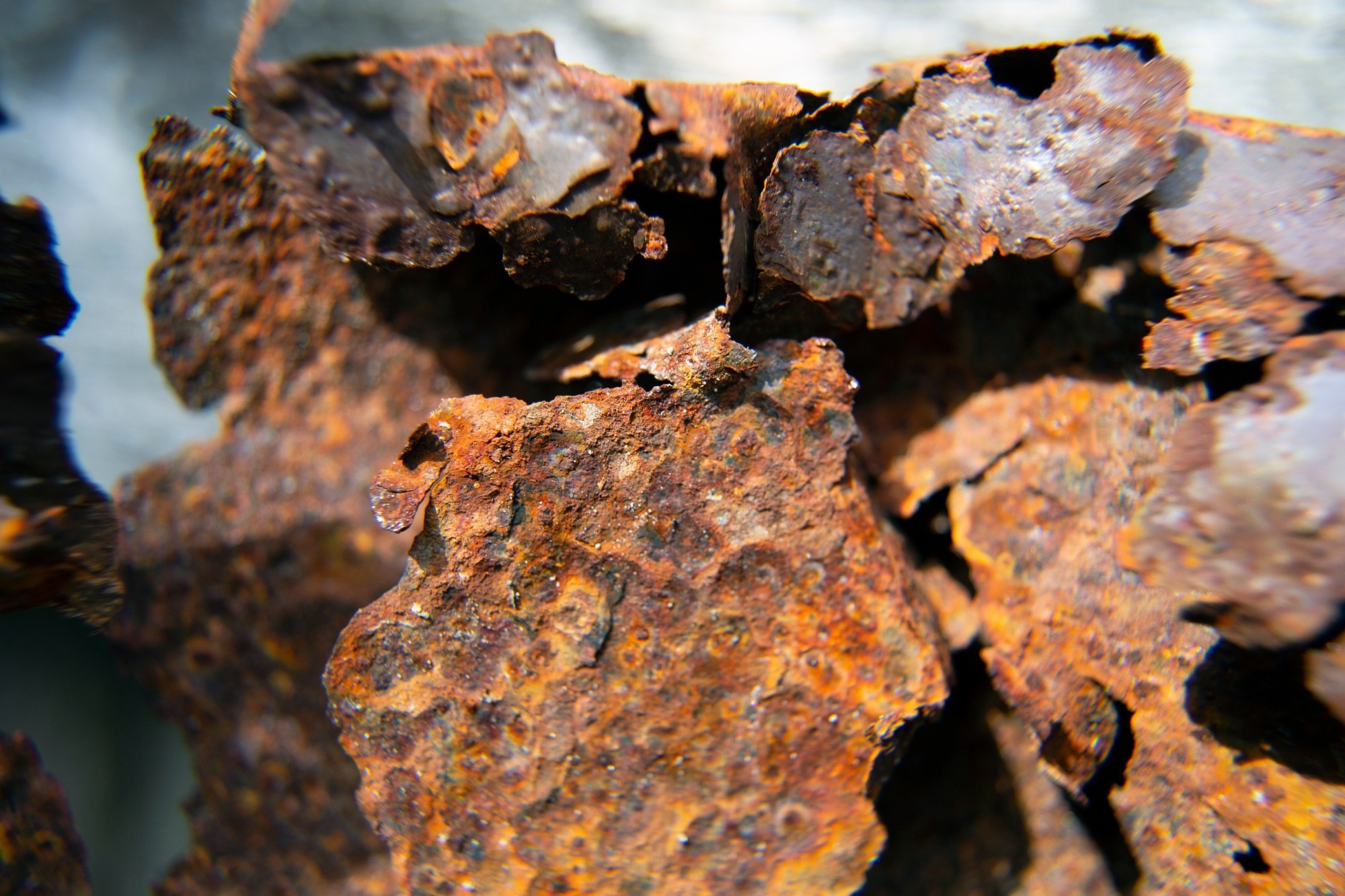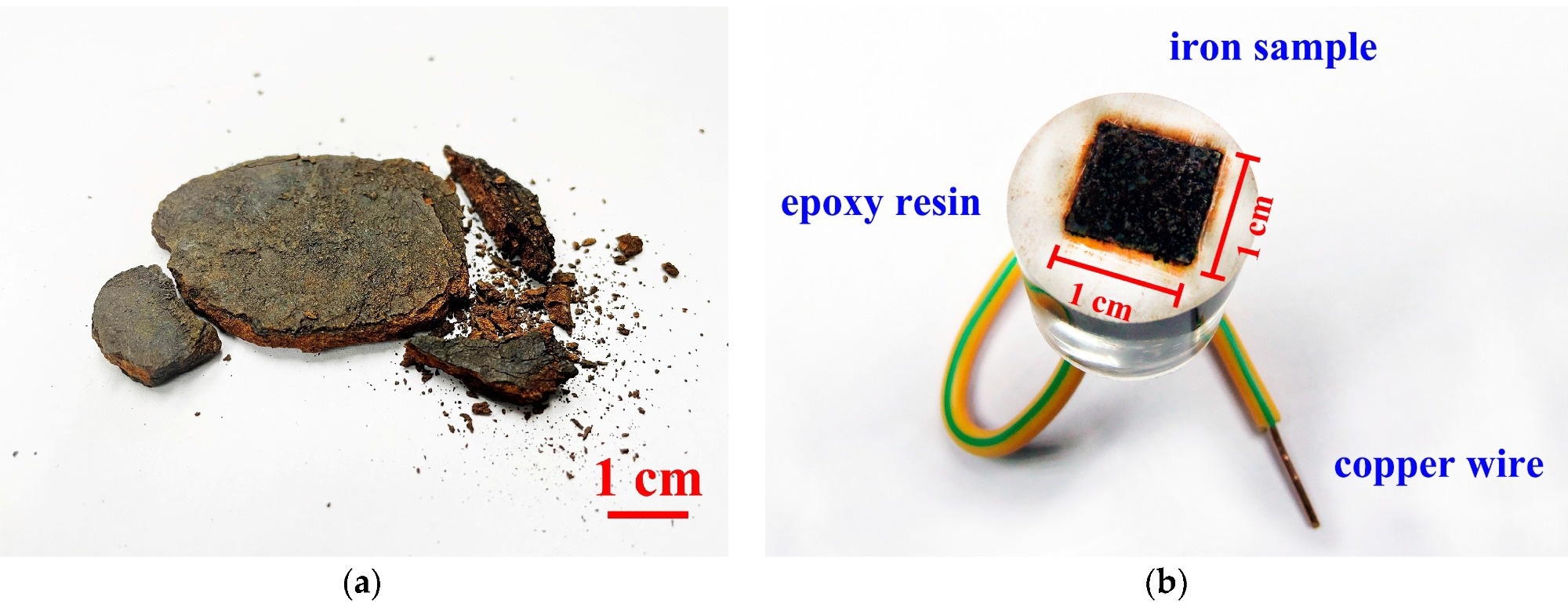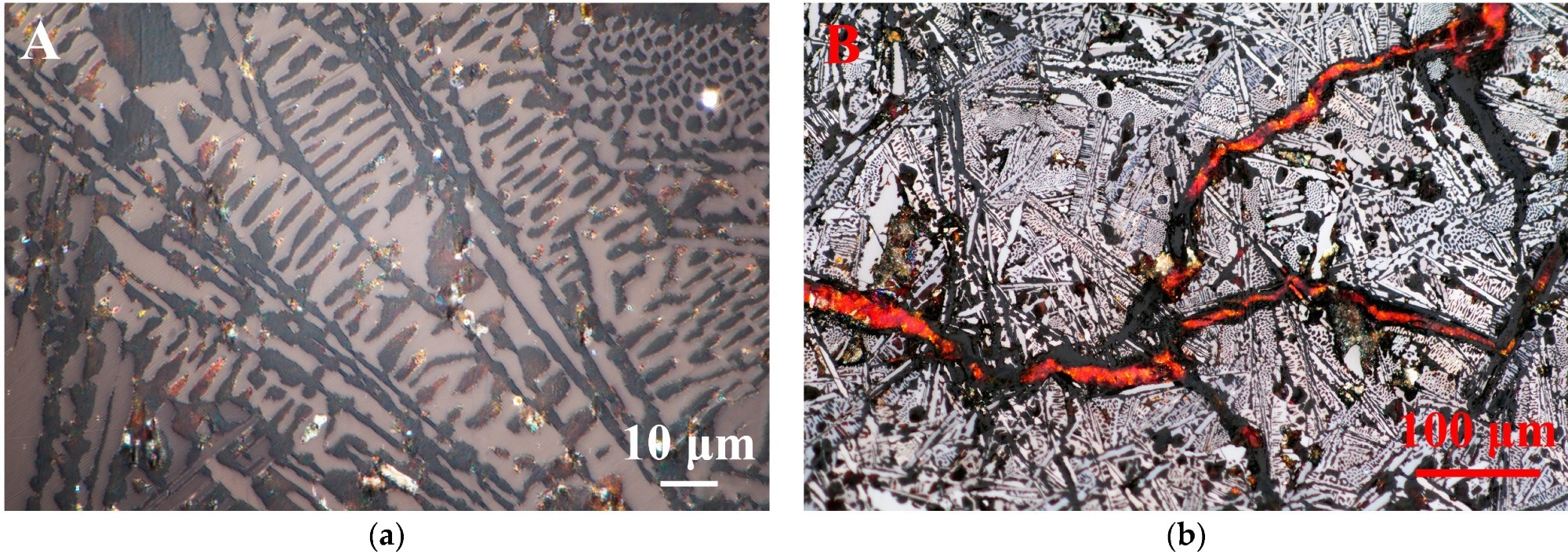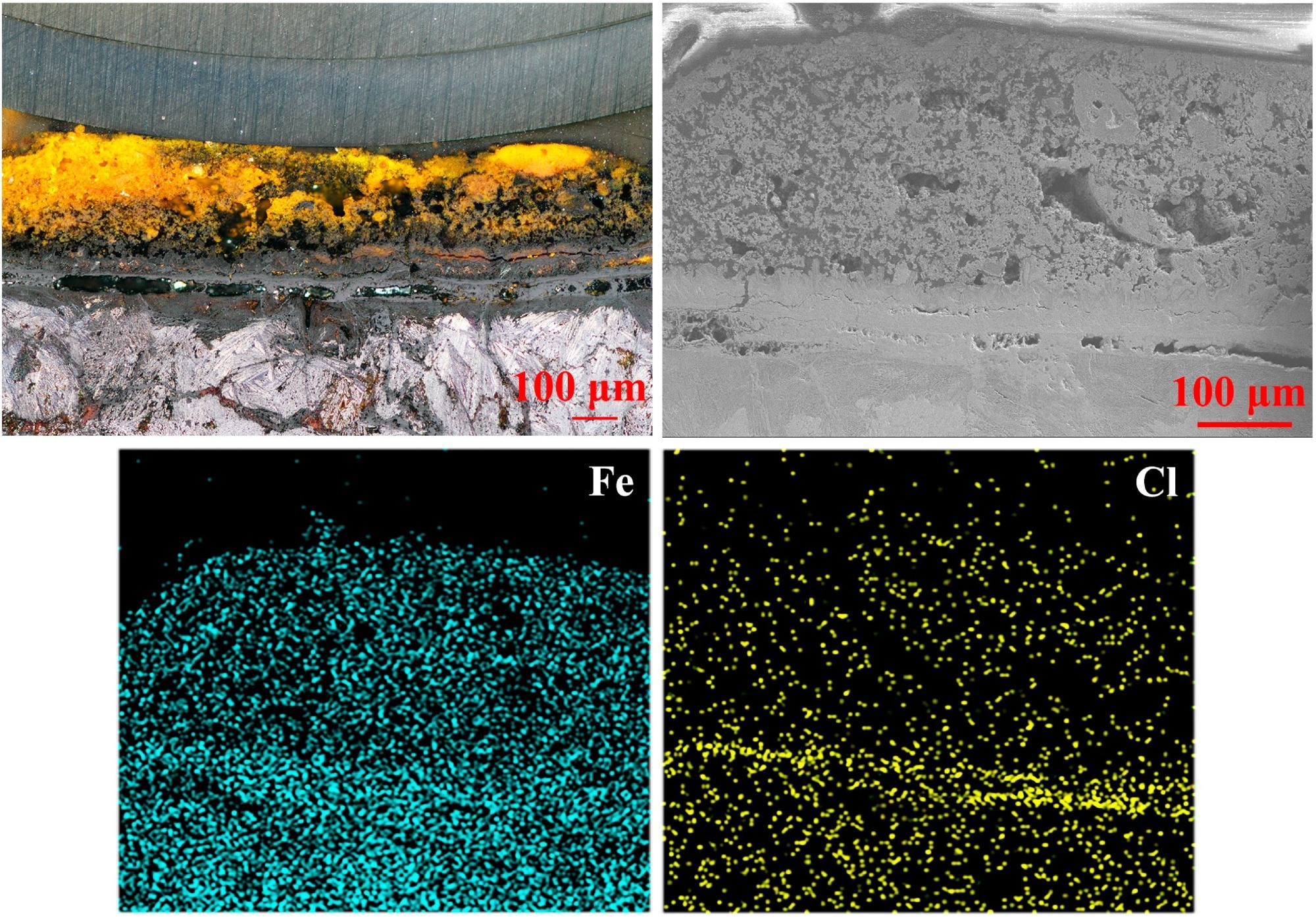Scientists from Peking University’s School of Archaeology and Museology have published a new paper in the journal Materials looking at the corrosion on iron objects recovered from the Nanhai I ship, which sank during the Southern Song Dynasty period of Chinese history.

Study: Corrosion Layers on Archaeological Cast Iron from Nanhai I. Image Credit: Hey_Alice/Shutterstock.com
Investigating the Nanhai I
The Nanhai I is a ship from the Southern Song Dynasty, which lasted from 1127-1249 AD. Unearthed in Guangdong province in 1987, it sunk in the South China Sea. Currently, recovered artifacts from the ship are on display in the Maritime Silk Road Museum. The ship has the typical “Fu Ship” hull structure which is found in Chinese shipbuilding from this period.

Archaeological iron artifacts from the Nanhai I (a); working electrode (b). Image Credit: Jia, M, Hu, P & Hu, G, Materials
Incredibly well-preserved, the ship was discovered twenty-five metres underwater. Artifacts such as copper coins and crockery found on board date the ship to the mid-thirteenth century. The Song Dynasty was a period of immense maritime trade expansion and development in medieval China.
Artifacts and data recovered from the shipwreck have significantly advanced researchers’ understanding of maritime trade and international relations during this period of history, filling significant knowledge gaps in academic research.
Cargo recovered from the shipwreck covers a wide variety of trade and commercial goods from the time, providing significant insights into the Chinese maritime metals trade and the history of navigation in the Song Dynasty.
The Ancient Metal Commodities Market
Throughout history, metals have been one of the most traded commodities worldwide. Steel, iron, and copper have a long history of use as military weapons, agricultural tools, decorative items, religious and cultural artifacts, and in construction. In the Song Dynasty period, metals and metal products were transported into and out of China in vast amounts aboard a fleet of merchant ships.
Study of metal objects recovered from archaeological digs reveals valuable information about the influence of Chinese trade in the medieval era. Military objects, for example, shine a light on the military might of Asia at this time, and reveal the political and economic influence the Song Dynasty possessed in the continent and beyond.

Metallographic diagrams of an archaeological iron artifact from the Nanhai I. Primary cementite and eutectic ledeburite (a); cracks of the iron (b). Image Credit: Jia, M, Hu, P & Hu, G, Materials
Several metal artifacts have been recovered from the Nanhai I since its discovery, due to its remarkable preservation and the array of products onboard. Commercial products and daily necessities such as pots, nails, and slabs of metal have been excavated.
Preserving Recovered Artifacts
Adequate preservation techniques for the objects recovered from the wreck of the Nanhai I have proven to be a significant issue over the years. Once objects are removed from their marine environment, it is difficult to control their corrosion as their metallic cores are slowly converted into corrosion products by the new environment, regardless of storage in stable climactic conditions.
Chloride presence causes serious issues with protecting fragile metal artifacts recovered from marine environments. To mitigate this problem, alkali solutions are commonly employed to remove chloride ions from objects. This approach both ensures dichlorination and slows the rate of corrosion.
For a preservation technique to be effective, it must be rigorously and periodically evaluated and optimized according to the correlation between metal cores and corrosion products. Analysis plays a key role in the development of efficient conservation methods. Archaeological objects have complex properties which make preservation an extremely meticulous process.
The Study
Analysis of the rusted state of iron objects and materials recovered from the Nanhai I shipwreck has been performed in the study. These objects have been underwater for hundreds of years, which has uniquely affected their corrosion properties and metallic cores. The aim of the study is to provide vital information which will aid the efficient conservation and preservation of metallic archaeological artifacts.
Comprehensive, multi-scaled methods were employed by the authors to study corrosion behavior of marine archaeological objects. Rust-covered fragments of iron from the site were chosen for analysis.

Graphs of the microstructure and element distribution of rust layer B. Image Credit: Jia, M, Hu, P & Hu, G, Materials
Analysis methods employed were micro-Raman spectroscopy, optical stereo microscopy, and electrochemical impedence spectroscopy. These analytical methods were combined with XRD, FTIR, and SEM. Analysis of current corrosion characteristics was performed to elucidate the causes of corrosion in the marine environment and predict future corrosion behavior. This will aid conservationists.
Study Conclusions
Samples studied were heavily corroded. The samples themselves were constructed from hypereutectic white iron, with a 4.3-6.69% carbon content. Several cracks, which were the result of fragmentation, were observed. The most corroded layer was the upper rust, which possesses two distinct layers.
The presence of cracks through to the metallic core allowed the ingress of seawater. Lack of protection caused by the poor rust barrier contributed significantly to the iron’s general corrosion. The effect of initial seawater submersion and the artifact’s condition before preservation explains both the rust layer growth and transformation and the cracks observed in the rust layer which leads to reduced protection.
In respect to conservation methods, the authors have recommended a strategy which will improve preservation of marine archaeological metal objects. A single desalination method is not recommended, rather proper stabilization and preservation using rust transformation and corrosion inhibition should be employed, with daily monitoring performed.
In summary, the study has demonstrated a route toward better diagnoses and conservation of fragile ancient metallic objects recovered from marine environments. This will aid the understanding of conservationists and archaeologists.
Further Reading
Jia, M, Hu, P & Hu, G (2022) Corrosion Layers on Archaeological Cast Iron from Nanhai I Materials 15(14) 4980 [online] mdpi.com. Available at: https://www.mdpi.com/1996-1944/15/14/4980
Disclaimer: The views expressed here are those of the author expressed in their private capacity and do not necessarily represent the views of AZoM.com Limited T/A AZoNetwork the owner and operator of this website. This disclaimer forms part of the Terms and conditions of use of this website.